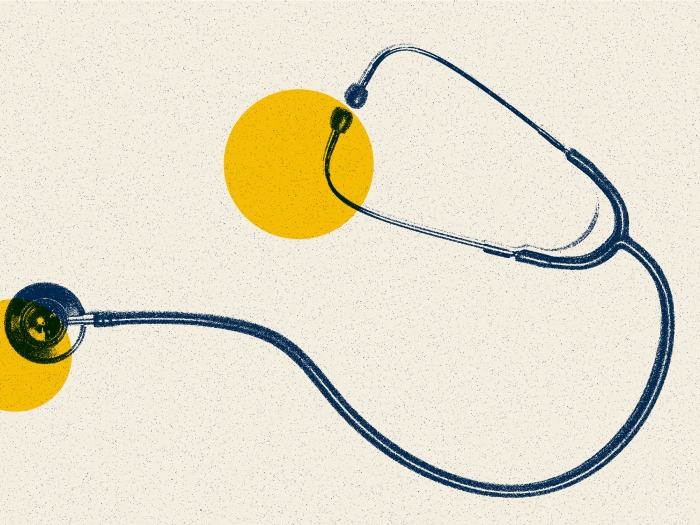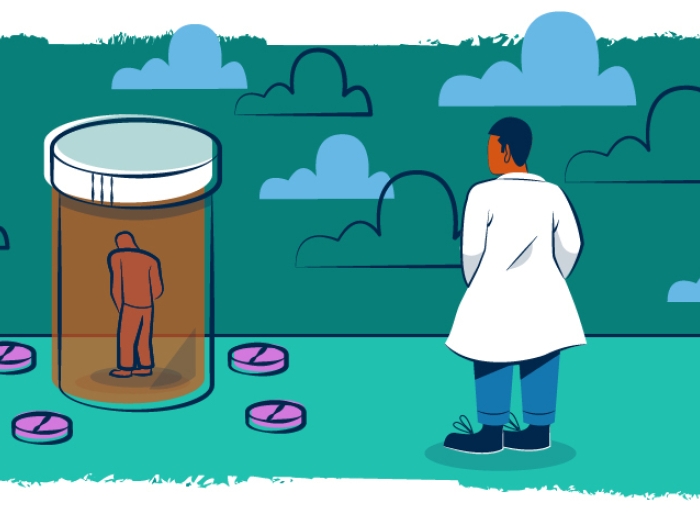Researchers found no significant difference between mortality in both emergency health care settings.
11:00 AM
Author |

Hospitals in the nation's more remote areas are constantly under threat. Since 2010, over 100 rural United States hospitals have closed, resulting in the loss of emergency department care.
Despite the increasing risk of closure, a recent Michigan Medicine study found that patients treated at rural emergency departments have similar outcomes to those receiving care at urban ERs for several important emergency conditions, including stroke and heart attack.
Researchers analyzed over 470,000 patient outcomes from Medicare beneficiaries treated at rural and urban emergency departments between 2011 and 2015. The results, published in JAMA Network Open, reveal no significant difference in 30-day mortality for potentially life-threatening conditions in the two emergency health care settings.
SEE ALSO: Patient Visits Higher at Rural Emergency Departments
The similarities in patient outcomes underscore the importance of rural and critical-access emergency departments for treating life-threatening conditions, especially as those facilities risk losing funding and resources, says Keith Kocher, M.D., M.P.H., senior author of the paper and associate professor of emergency medicine at Michigan Medicine.
Like Podcasts? Add the Michigan Medicine News Break on iTunes, Google Podcasts or anywhere you listen to podcasts.
"The rural emergency department system functions well for discrete conditions that can be quickly diagnosed and approached for treatment and, if necessary, transferred," Kocher said. "We initially expected to see a more significant difference in mortality, as rates for inpatients are often higher at rural hospitals. However, the findings indicate these critical points of access for care are doing well for the patients they serve, even though they are frequently not resourced like peer institutions in metropolitan areas."
These critical points of access for care are doing well for the patients they serve, even though they are frequently not resourced like peer institutions in metropolitan areas.Keith Kocher, M.D., M.P.H.
Rural hospitals see significantly fewer patients than urban health care facilities. However, when researchers adjusted for the difference, Medicare patients seeking care at rural ERs had a likelihood of 3.9% mortality, compared to 4.1% in urban ERs. Visits to rural emergency departments were also associated with significantly more transfers – 6.2% versus 2% – than their urban counterparts.
"Arranging timely transfer of patients from a rural hospital can often be very challenging and has been made even more difficult due to the COVID-19 pandemic," said Margaret Greenwood-Ericksen, M.D., M.Sc., lead author of the paper and graduate of Michigan's National Clinician Scholars Program at the Institute for Healthcare Policy and Innovation. "This is a process upon which rural emergency departments depend, and yet the structure is often highly fragmented, requiring complex coordination. These findings further highlight how impressive it is that we found rural hospitals produced the same outcomes despite these challenges."
SEE ALSO: Telehealth continues to substitute for in-person care among older adults, but rural use lags
For conditions more related to symptoms that do not result in a specific diagnosis, overall mortality at rural locations was higher than the urban systems. While unmeasured clinical or contextual factors may contribute to worse outcomes for symptom-based cases, the research team says more study and localized analyses are required.
Last year, nearly 20 rural hospitals closed or stopped providing inpatient care. As this trend continues, millions of Americans risk losing valuable health care access within their home communities – care that this study has shown to be valuable and lifesaving, Kocher says.
"This work demonstrates the critical importance of rural emergency departments," he said. "There are ongoing conversations in policy circles debating the right health care delivery model for rural communities. While these conversations focus on keeping facilities financially healthy and solvent, our findings indicate that policymakers should be equally as focused on ensuring access to life-saving rural emergency department care."
Paper cited: "Association of Rural and Critical Access Hospital Status With Patient Outcomes After Emergency Department Visits Among Medicare Beneficiaries," JAMA Network Open. DOI: 10.1001/jamanetworkopen.2021.34980

Explore a variety of healthcare news & stories by visiting the Health Lab home page for more articles.

Department of Communication at Michigan Medicine
Want top health & research news weekly? Sign up for Health Lab’s newsletters today!





